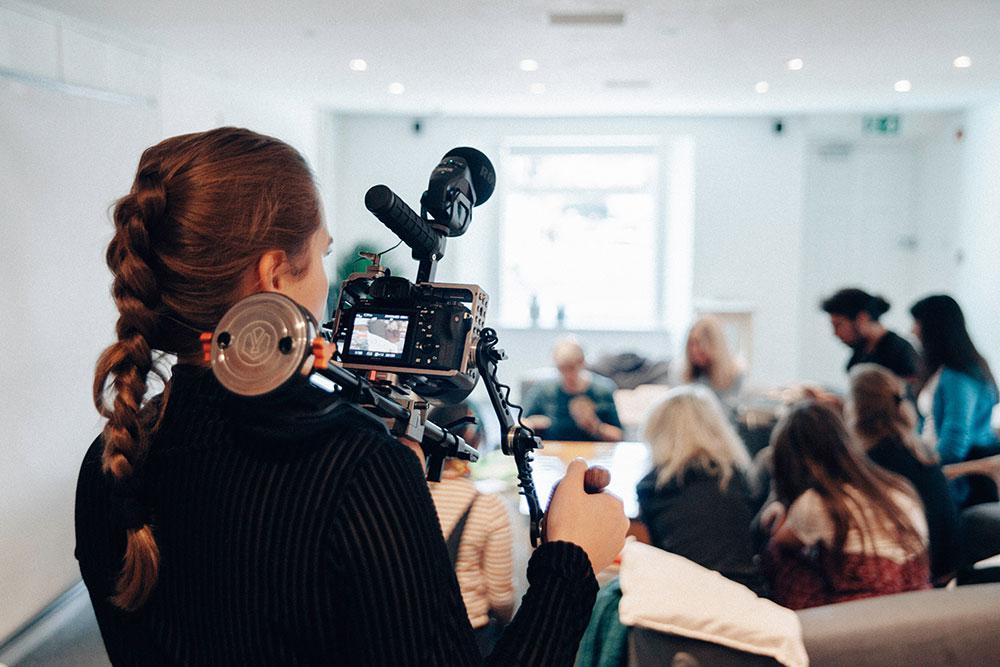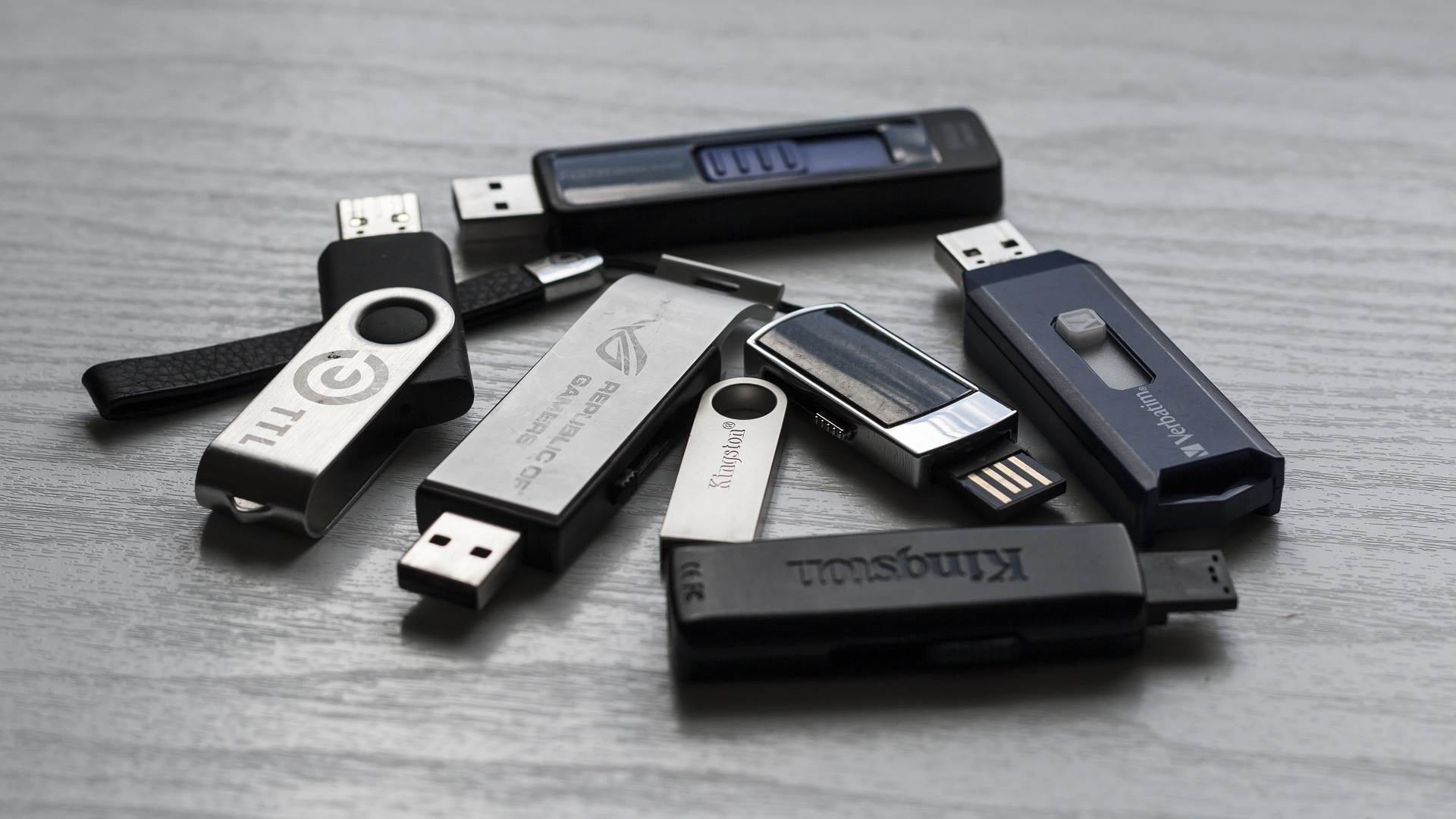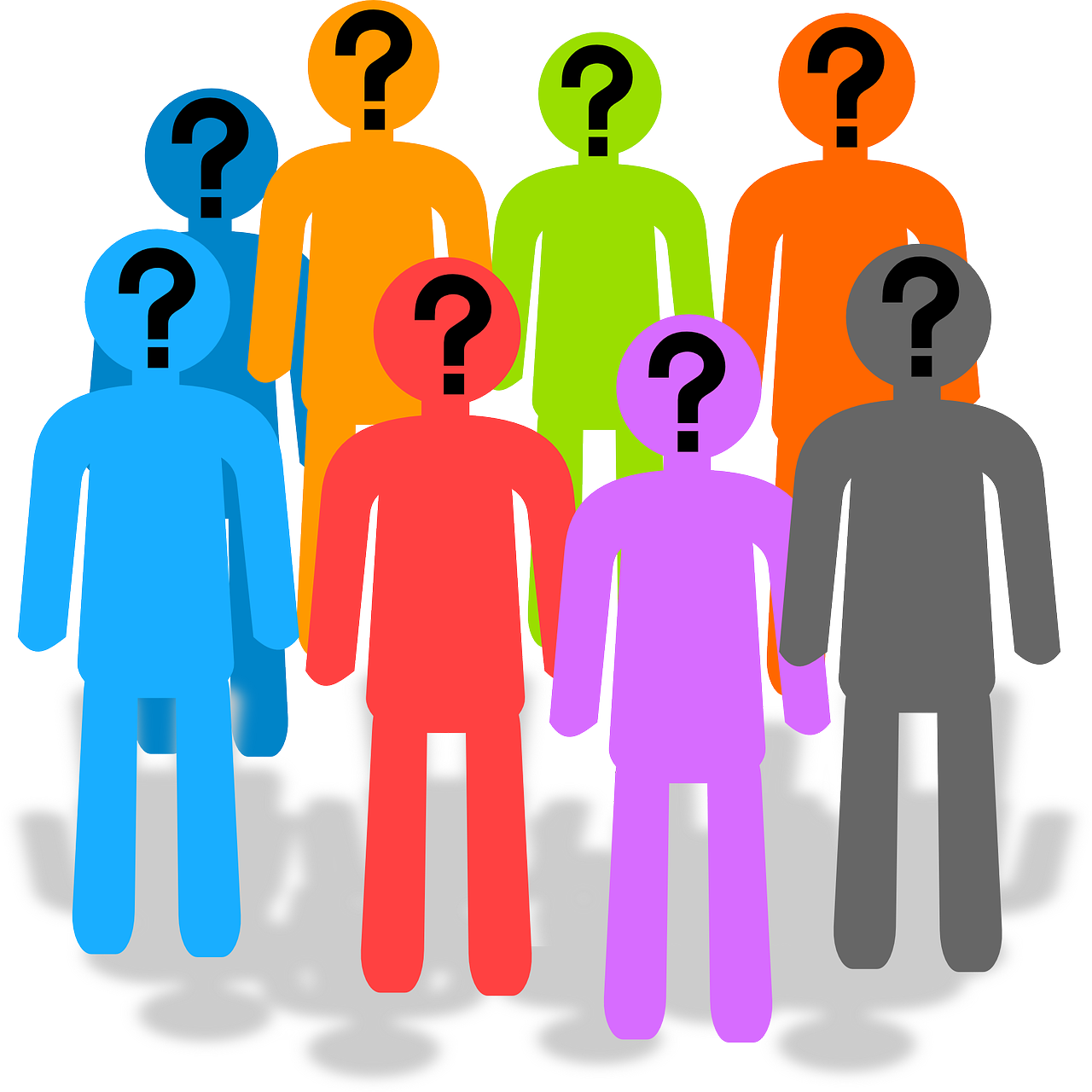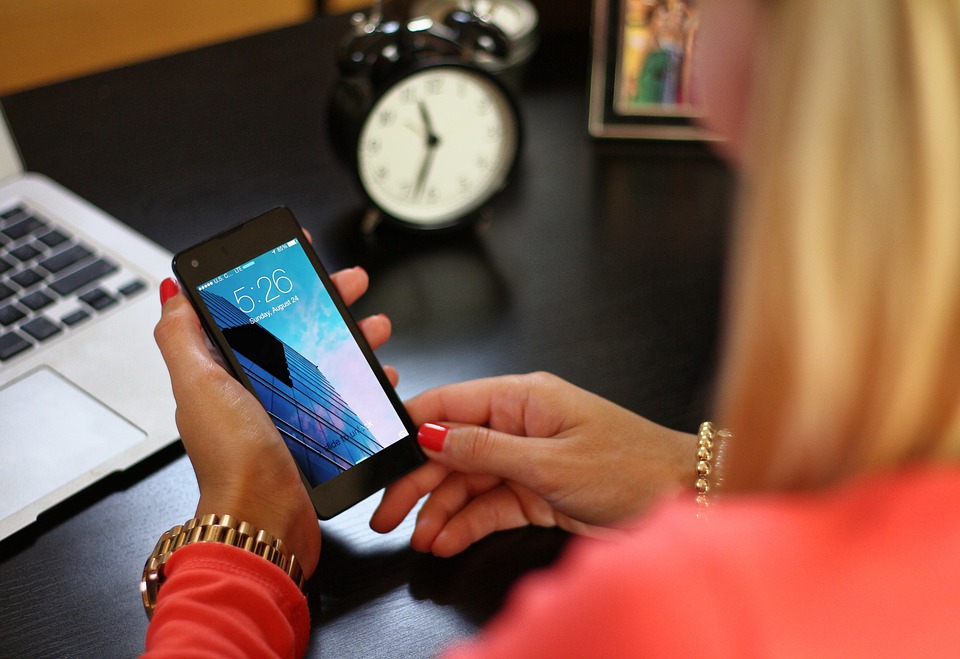
User experience (UX) design is the whole process of designing products by focusing on the users. The aim is to provide them with relevant and meaningful experience from the very beginning (the acquisition of the product). UX design includes many different aspects of the design itself, but also branding, usability, and function. This career path is growing in popularity these days, mostly because it allows you to mix your creativity with technology and you don’t need a university diploma to be a successful UX designer. There are companies like Career Foundry that offer UX courses online, and they’re helpful when it comes to theory, but to succeed, you need more than that. UX design requires some instincts and finesse to not only make a product useful to users but to manipulate them into using it exactly as you want.
Behavior Psychology & Motivation
In order to even try manipulating your user’s behavior, you have to understand the general psychology of people’s choices and changes. Psychologists distinguish two types of motivation: extrinsic means that a person is driven by external factors (rewards or money) while intrinsic indicates internal factors that influence someone (such as enjoyment or self-satisfaction).
For example, if you create a learning app, you may consider adding a reward system (e.g. points that they can exchange for coupons) – this would be your external factor motivating those who don’t particularly enjoy learning. When it comes to users who actually do like studying and just want to improve or freshen up, you may present them with charts so they can see their progress.
Be careful, though; research shows that if someone enjoys something and gets rewarded for it externally, it can have a negative effect in the longer perspective. It’s called the over-justification effect. So it’s best to think it through and come up with something in between – maybe it’s possible to link rewards with overall performance feedback?
What if the motivation isn’t Enough?
Because sometimes it’s not. Imagine a situation when you’re highly motivated to cook chicken curry, but you have no chicken.
According to BJ Fogg’s behavior model, if you want something to happen, three elements have to be present: motivation, ability, and triggers. A person doesn’t only need to have the urge to do something; it has to be possible (so you need to want chicken and have some in your fridge), and there has to be a trigger reminding about it as well. What is the trigger? If we’re talking about an app, it can be a simple notification with a recipe or an image of the cooked meal.
Remember that there are times when even these three elements won’t be enough (for example, the person wants chicken, has chicken and is reminded about it, but has already made plans for the dinner with a vegetarian).
Consider your Target
You can’t please everyone, so it’s better to focus on targeting a certain group (or groups) and do it right. How?
-
Mapping your potential users’ motivation (with customer experience maps, user journeys, personas) – to provide a relevant and useful experience for your users, you have to understand what they want and how they want it. Why should they wish to change their behavior? What has already worked for them, what do they seek and what they don’t know they should look for? What motivates them – extrinsic or intrinsic factors?
-
Consider users’ abilities and possible obstacles (with contextual inquiry) – think about what your app is for, where it will be used and what can be irritating about it. Imagine the users and their environment and try to make everything as smooth and friendly as possible. For example, if you create a commuting app, it probably should be easy to use for someone hurrying down the street. Contextual inquiry consists of accompanying your potential user while he’s using your app in the places where he would normally do it – simple, but effective. And no, the interview is not the same, as the memory can often be altered and biased.
-
Find Triggers – how can you convert someone’s urge and motivation into doing? It’s possible to send specific notifications not only at a specific time but also at specific locations. Be careful, though, so that the user doesn’t think of them as intrusive. All previous methods will help you assess the most likely time for your users to use your app. Don’t be afraid to research some statistics – if you’re creating a fitness app, see what time of the day is preferred for exercising by most people. As people tend to differ in the context of triggers they respond to, you can give them a choice.
As you can see, a great UX designer has some knowledge of psychology, the ability to observe and draw conclusions. You have to be able to see the bigger picture here and work with both your imagination and technical skills.









